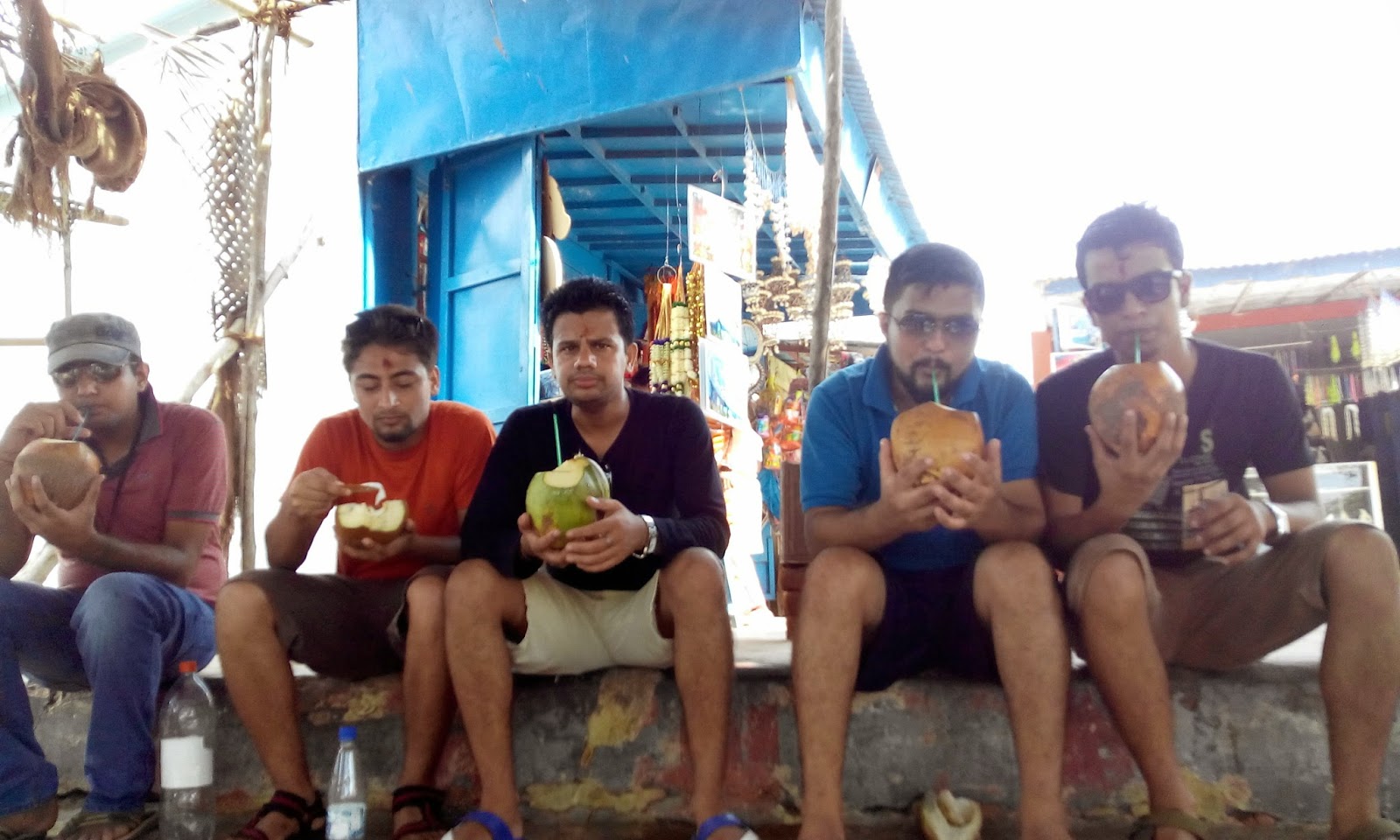With the pace of globalization
increasing tremendously, just like its benefits, its
side-effects are also increasing at a tremendous manner. People can advocate the
advantages of globalization for a long period of time but what we are failing
to address is the disadvantages that are produced by globalization. Based on the platform on which globalization
is claiming such a large success, the perpetrator are using the same platform to
develop an illicit system and thus putting a threat to the advantages of
globalization. Many factors that have helped prosper globalization have
been used to organize cross-border crime which has been creating a trouble for
the preachers of globalized world.
The two major aspects of
Globalization process that promotes transnational organized crime are :
1) Electronic
and physical connectivity:
Internet at the
present time has been bloodline for the globalization to speed up.
Internet has facilitated the globalization process via enabling easy and rapid
connectivity. It has completely changed the whole communication industry and
has a wide influence in the lifestyle of the people. Besides, it has also been
developed as a platform to facilitate business and also perform business
online. Because of the vital role that internet has played at the current time,
it has often been recognized as nervous system of globalization. Though
internet has facilitated the globalization process, people are also misusing it
to commit various types of crimes. For example: Cybercrimes, child pornography,
etc. has been increasing via use of electronic media and internet.
Other crime like hacking of bank accounts, credit cards details, identity
theft etc. has been more enabled because of the use of modern tool that has
facilitated the globalization process.
Also rapid
progress in the physical connectivity has also facilitated the cross national organized
crime. Though the rapid means of transportation like bullet trains, airplane, ships
etc have increased the transportation and trading of goods across borders, it
has also at the same time, facilitated cross-national crimes. Because of modern
means of transportation that has improved connectivity, people with criminal mindset
can move from one place to another very easily, within fractions of hours. Free
flow mechanism facilitation across borders has facilitated illegal activities
like: transportation of drugs, human trafficking, prostitution, etc. Similarly
crimes like trafficking of women for marriage purpose, modern day slavery
in sweatshops, etc has also increased at an alarming rate. Beside these,
unregulated maritime network has helped many criminals and terrorist groups to
carry out illegal activities in an easy way.
2) Increased
inequalities and disparities:
Globalization
has not only brought prosperity to some part of the world, but it has also
increased disparity among the people of the globalized world. Differences
between haves and have-not have increased like never before. For example, the
difference between haves and have-not has been said to be highest in the last
100 years. Also because of increasing inequalities poor segments of the society
have become vulnerable to the more globalized world. The condition of women
and children has become more vulnerable. Similarly poor status of women,
low-level skills of the employees, unsafe working condition, etc. have made the
situation worse for the people of such segment.
Conclusion:
The basic problem
with the economic system created/promoted by Globalization is that it has
facilitated for the rich to become more rich and poor to become poorer. Rich
people are thus prompted to do anything that they find is worth doing for their
personal benefit, or for the accumulation of wealth. Besides, poor section of
population doesn’t have any option but to become desperate and search for
brighter opportunities. But these vulnerable sections of the society
are always out into demerit and thus suffer.
This write-up is based on my learning via MOOC course: Age of Globalization.
This write-up is based on my learning via MOOC course: Age of Globalization.



































